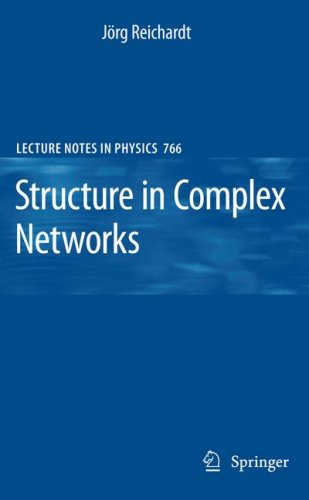

Most ebook files are in PDF format, so you can easily read them using various software such as Foxit Reader or directly on the Google Chrome browser.
Some ebook files are released by publishers in other formats such as .awz, .mobi, .epub, .fb2, etc. You may need to install specific software to read these formats on mobile/PC, such as Calibre.
Please read the tutorial at this link: https://ebookbell.com/faq
We offer FREE conversion to the popular formats you request; however, this may take some time. Therefore, right after payment, please email us, and we will try to provide the service as quickly as possible.
For some exceptional file formats or broken links (if any), please refrain from opening any disputes. Instead, email us first, and we will try to assist within a maximum of 6 hours.
EbookBell Team

0.0
0 reviewsIn the modern world of gigantic datasets, which scientists and practioners of all fields of learning are confronted with, the availability of robust, scalable and easy-to-use methods for pattern recognition and data mining are of paramount importance, so as to be able to cope with the avalanche of data in a meaningful way. This concise and pedagogical research monograph introduces the reader to two specific aspects - clustering techniques and dimensionality reduction - in the context of complex network analysis. The first chapter provides a short introduction into relevant graph theoretical notation; chapter 2 then reviews and compares a number of cluster definitions from different fields of science. In the subsequent chapters, a first-principles approach to graph clustering in complex networks is developed using methods from statistical physics and the reader will learn, that even today, this field significantly contributes to the understanding and resolution of the related statistical inference issues. Finally, an application chapter examines real-world networks from the economic realm to show how the network clustering process can be used to deal with large, sparse datasets where conventional analyses fail.